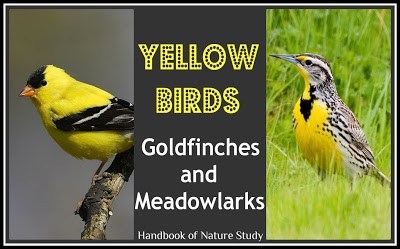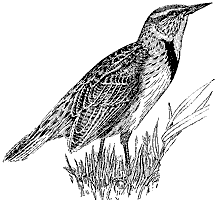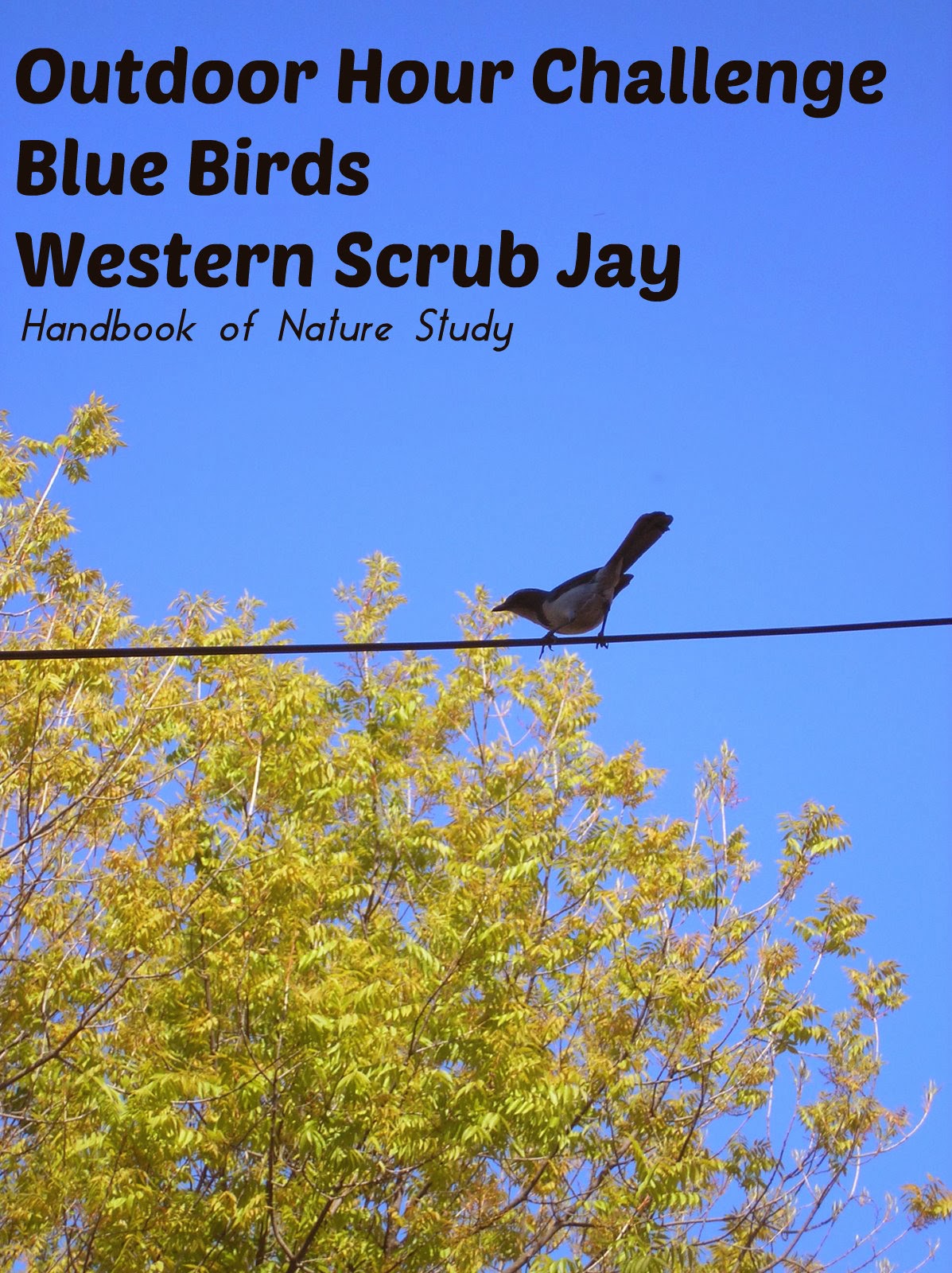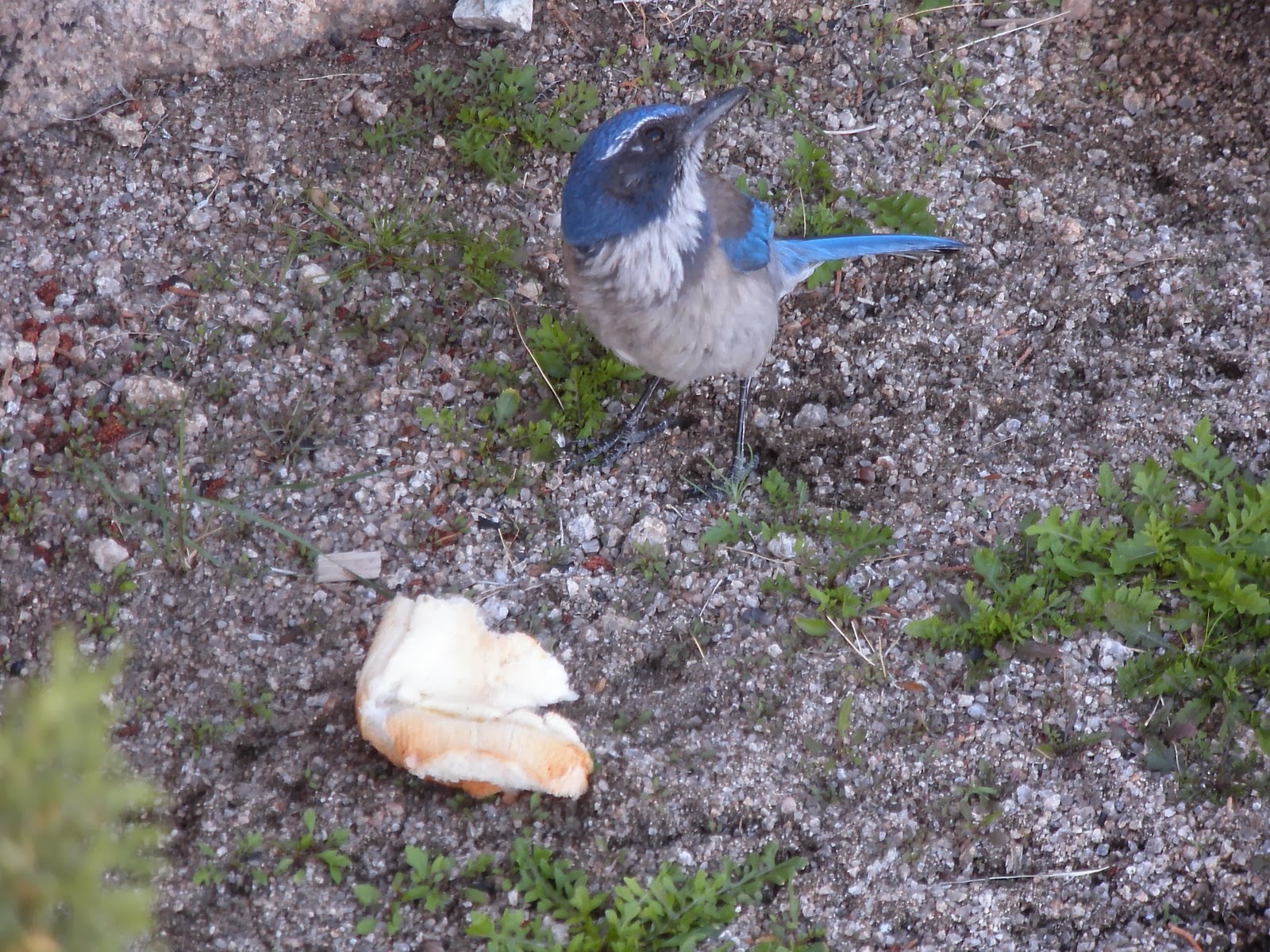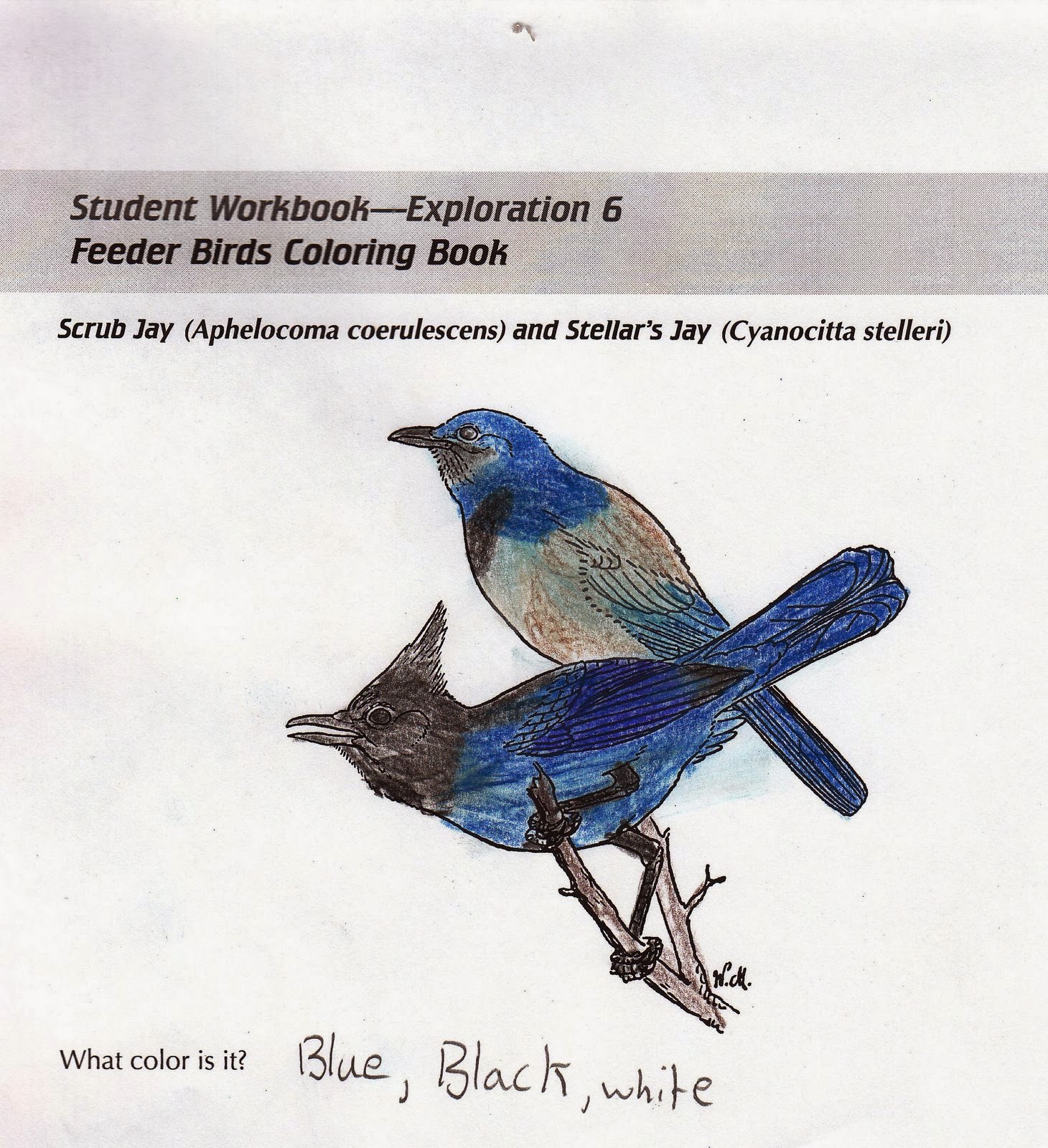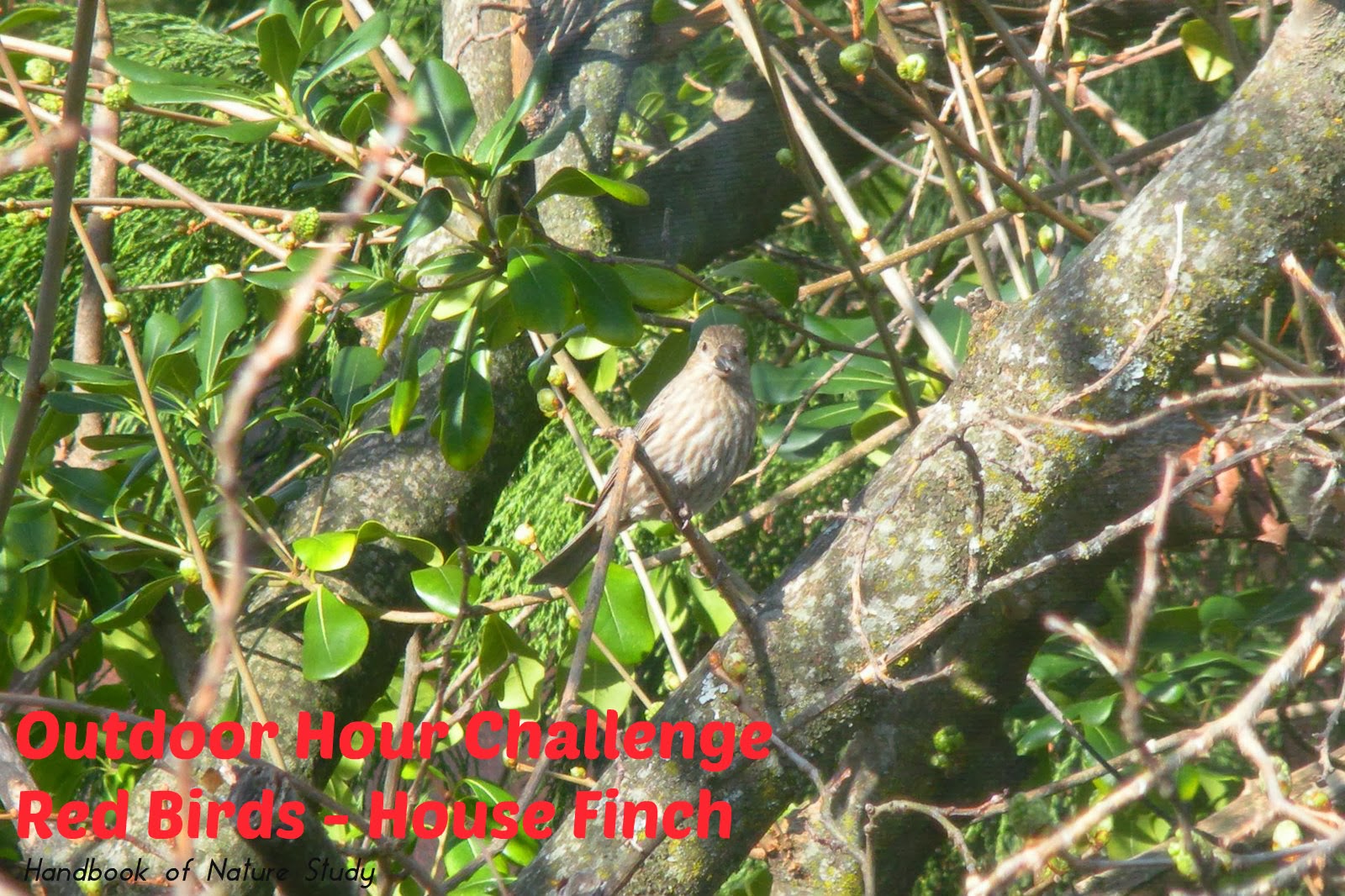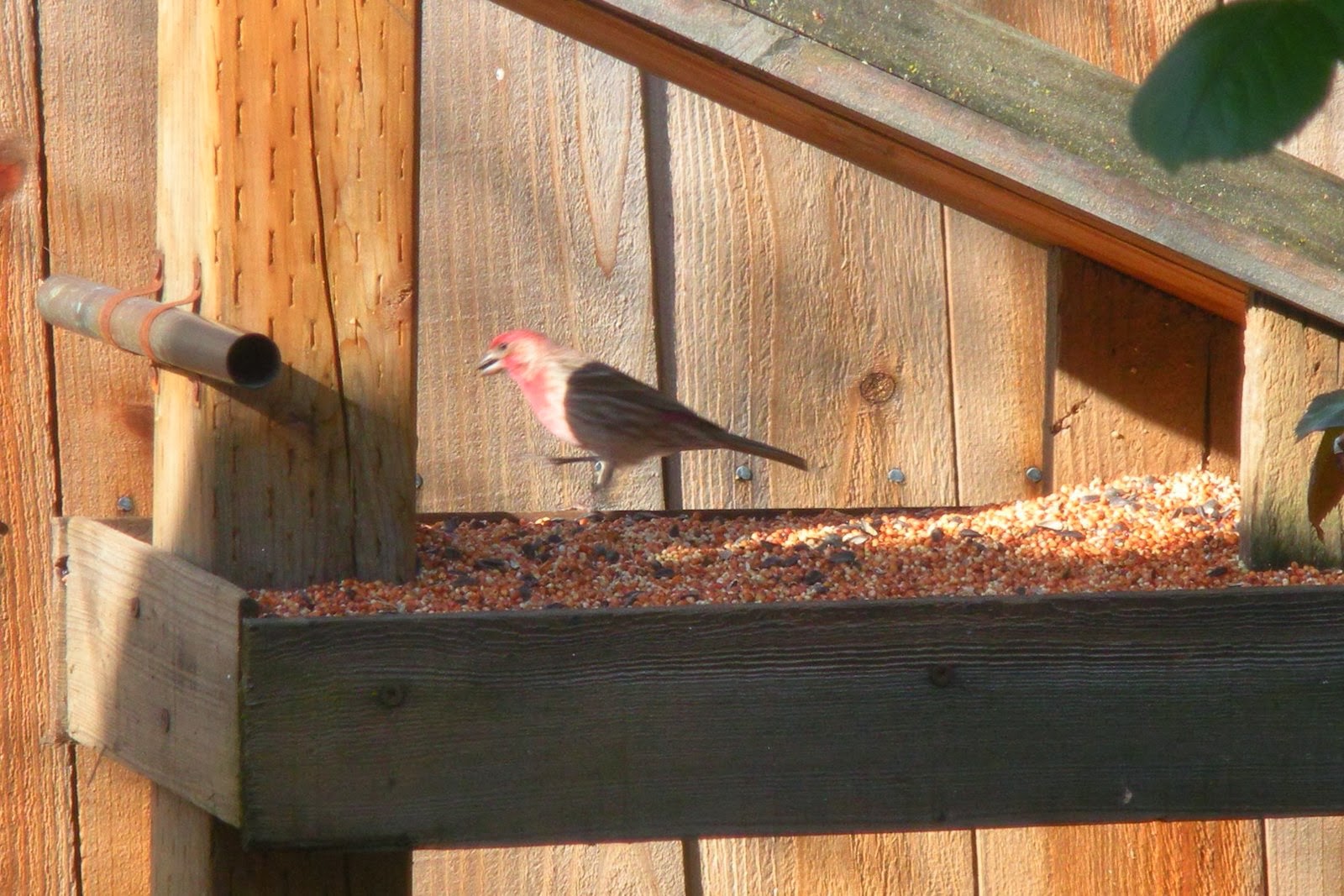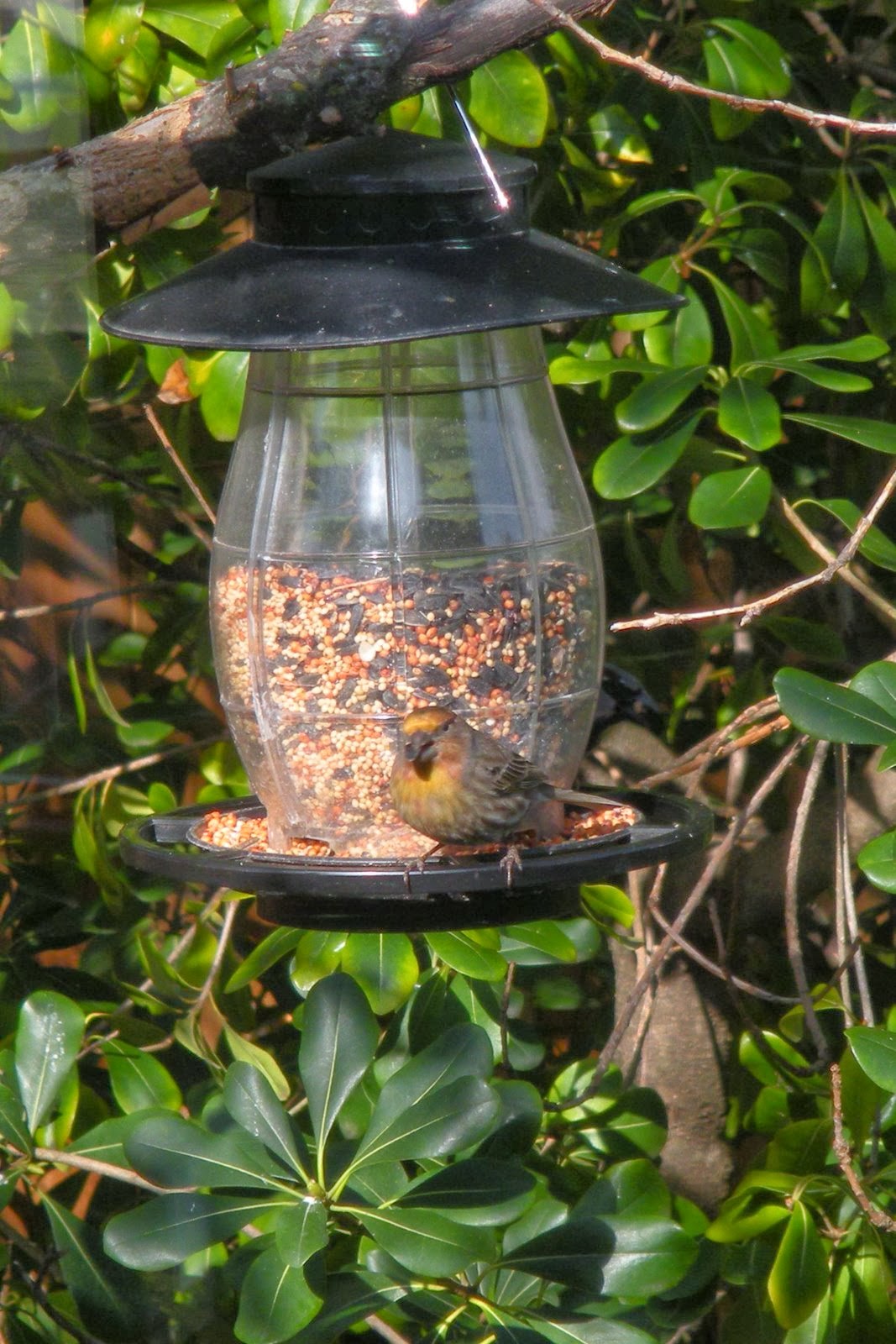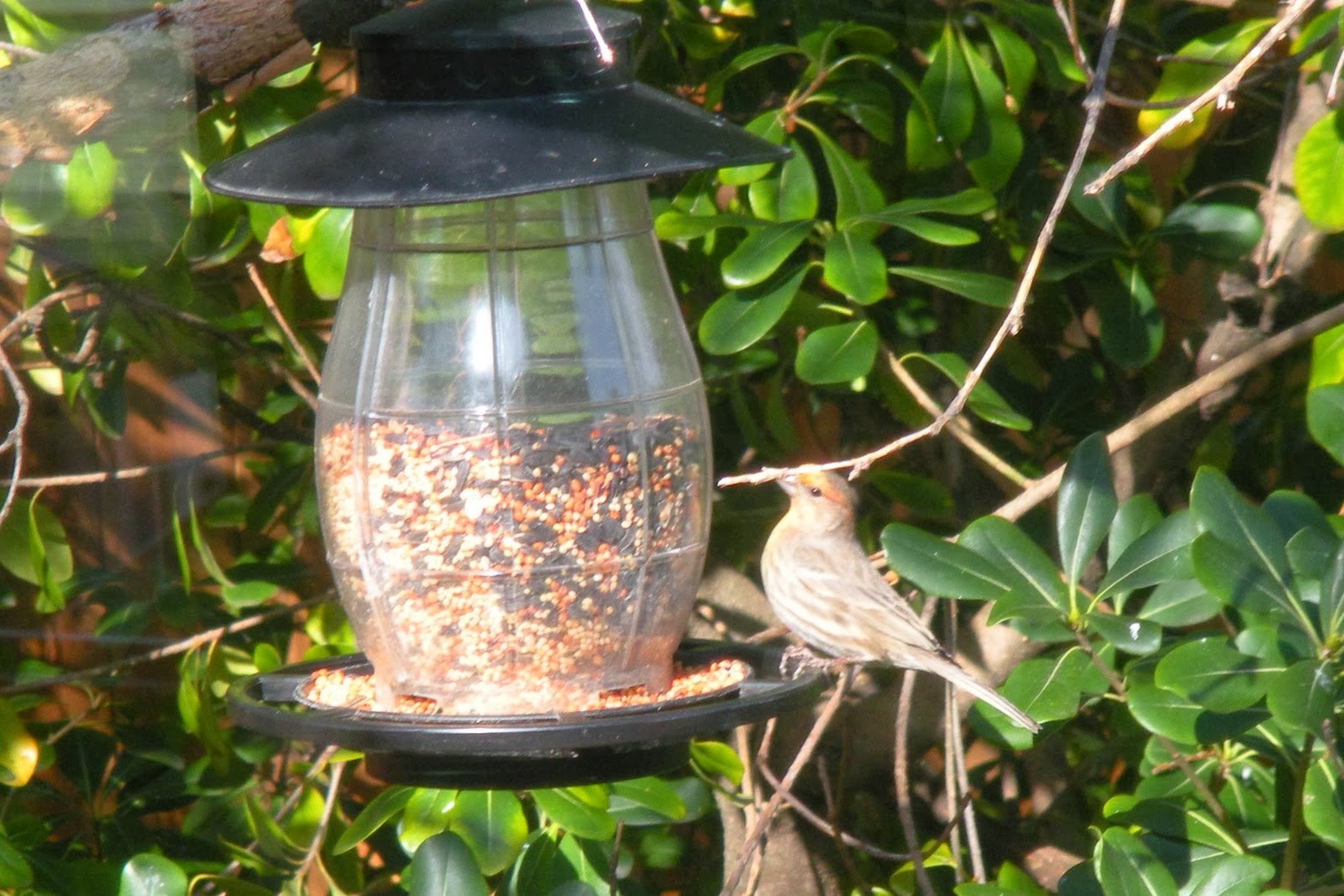Lisa-Anne at the Berry Patch is hosting a “Spring Where You Are” photo challenge. She asked if I would share one of my spring wildflower posts……always willing to oblige a photo challenge. 🙂
My wildflower field guide has been mighty busy lately. I am using the National Audubon Society Field Guide to Wildflowers along with two other more specialized guides to my region. The Audubon book has color photos and is much easier to use than the others but they all have helped me with identifying various things over the last few weeks. I mention the guides because I have had some families asking me what particular field guides I am using.
I start off with the Audubon which is organized by color and shape of the flower. If I find the flower then I usually confirm by looking it up on Google images and then following the links to read more about the flower. I will then pull out my Handbook of Nature Study to see if that flower is included in that book.
The boys are learning quickly how to use a field guide and they help me with seeing details that I might miss when we are observing a flower.
This batch of flowers is rather large. As the weeks go by, the number of flowers blooming is increasing tenfold. We also took a new fork in the trail and found some new plants and flowers to observe.
We came across some really large miner’s lettuce along the trail. Now that would make a great salad! I have tried eating a long time ago at summer camp and it is much like the texture of spinach and it doesn’t have the bitter taste that so many other wild greens have that I have eaten. My dad has a patch at his house and I just may pick some and try it again with the family.
New to us and very excited that I found an identification for it…..hairy lacepod or fringed pod which is an annual herb. This one was not in the wildflower field guide. I did learn that it is in the mustard family.
This is vetch that is really blooming all over the place right now. If you click on this photo, you will see some ants at the top of the plant. I am not sure what they are doing but it made for an interesting photo.
Here is another new one from today’s hike. Fringed Indian pink or California Indian Pink…even though it is bright red. This is what I had in the last post and it was just a bud. Now you can see what a great flower it is. This is really the only one we saw blooming so far so we look forward to seeing it along the trail more in the next few weeks.
Here is another shot of the mystery plant from the last post. It is amazingly interesting to examine. I did some research and found something very similar and it was called crane’s bill but the size of this plant is way too big. I have narrowed it down to being something in the geranium family so if you have any ideas…please leave a comment.
As a sidenote, I found this explanation of the purpose of the pointy things on the plant. The bottom of the spike is where the seeds are and the spike helps spread the seeds when it is time. Here is how one very non-technical person explained it….I love the explanation even if it is in layman’s terms:
“The “cranesbill” for which the plants are named describes the shape of the spikes extending from the fruiting bodies left behind when flowers fade. The seeds are formed in the puffy part at the bottom of the fruiting body. The problem is that the whole assembly was manufactured to serve as a catapult – when ripe, the seeds are flung out of their dry hull using the spring force of connective tissue that runs along the spikey bit (this is not a botanically correct description, by the way).”
This flower is just starting to bloom on the trail side. Miniature lupine. In real life, it is more purple but my little camera has a tendency to turn purple things blue. I will take more photos of this as it starts to bloom more.
Here is a really interesting grass. I have spent some time looking through plant and wildflower books lately and I have become interested in how many different kinds of native grasses there are in our area. This one caught my eye and we spent some time examining it up close.
Another mystery flower for today. this one is growing on a vine in a shady spot alongside the trail. What would my wildflower posts be if they didn’t include a “mystery flower”?
Edit 4/8/09: This is the flower of a wild cucumber. We saw the fruits starting to form and that made it much easier to identify.
Anyway, that is it for this batch of spring wildflowers. I already have a few more lined up for next time.



